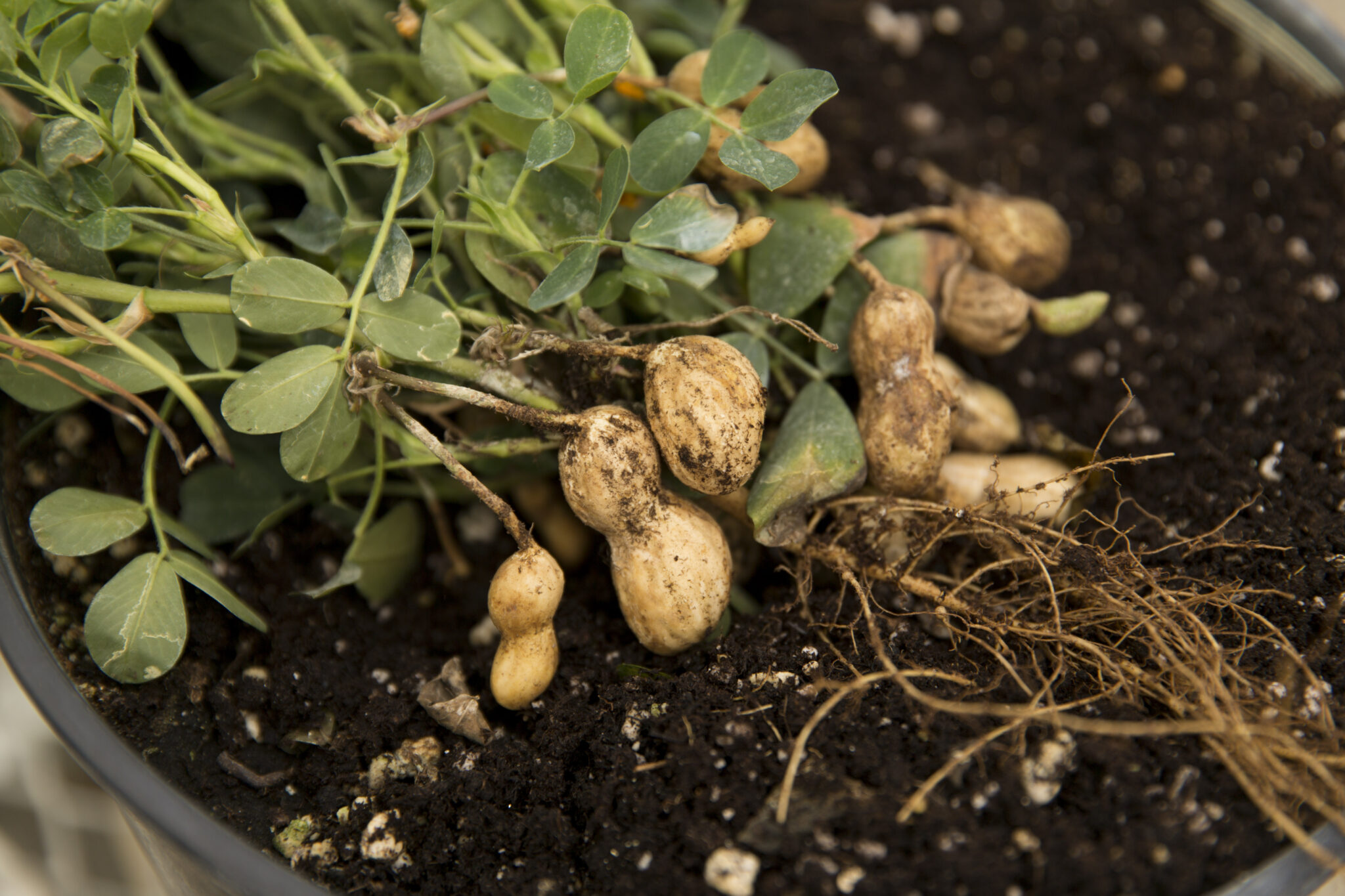With the arrival of chilly fall nights, I've been getting calls from ornamental pond owners wondering what to do for their frogs and turtles during winter.
In the October issue of Pondscapes Magazine, Mike Mullen of Kansas City, Mo., wrote about his problems in bringing frogs through winter.
He noticed that the frogs in his pond didn't hibernate successfully. When spring arrived, he found dead frogs in it.
Mike placed a bubbler in the pond to add oxygen. But it didn't seem to help. He put a container of sand on the bottom for the frogs to hibernate in, but they didn't burrow into it. They just sat on the bottom and chilled into immobility.
Last year he feared Freddie, his favorite bullfrog, would suffer a similar fate. So he brought Freddie into an indoor pond for the winter. That's one solution, but it means extra work because, among other things, frogs need live food.
Is there an easier plan to get frogs through the winter? There is.
Let's examine what wild frogs do when winter closes in. Bullfrogs, green frogs, leopard frogs and some other frogs squirm down deep through the layers of dead leaves and debris. There they sit.
When the water gets too cold for them to move, they're helpless. When spring comes and their world warms, they swim to the top, get a breath of air and become active again.
Winter hibernation is hazardous to a frog's health. Some die. But then, every day is hazardous if you're a frog. To live a year is to be exceptionally lucky.
The problem for most frogs in ornamental ponds isn't a lack of oxygen or a potful of mud. A "clean" pond bottom is the problem.
A clean pond is inhospitable to a frog, especially in winter. That's because the water temperature can't stratify. That is, the bottom layers aren't much warmer than the top.
Here's an experiment I did one winter to gather data on this frog-in-winter problem. I had two identical plastic ponds, about a foot deep, in the front yard.
I cleaned and emptied one and filled it with fresh water. Into the other I dumped a bushel of dead leaves. Then one cold winter day I checked the temperature of the ponds with a probe-type thermometer.
I broke a little hole in the ice of each pond. The ice was about an inch thick on the clean pond and just a skim, about an eighth of an inch, in the leafy one. The clean pond was just slightly above 32 degrees from top to bottom.
The temperature at the top of the leafy pond was the same, just above 32 degrees. But as I pushed the probe deeper I recorded higher temperatures. At the bottom, it was a bit over 40 degrees.
The layering of leaves on the bottom slows down water mixing and keeps the temperature warm enough for hibernation.
A deeper pond is better. In the piedmont and coastal plain, a foot deep might be enough. In the mountains and colder areas farther north, two or three feet is better.
If you're a neat type and want clean water right to the bottom, this doesn't bode well for your frogs.
But if you let leaves and debris accumulate, you'll provide a better winter habitat for your frogs. That doesn't mean all your frogs will survive, but it definitely improves the odds.
To help turtles hibernate, provide the same dead-leaf habitat.
What will these dead leaves do for the fish? Nothing good. The decomposition of leaves under the ice will use oxygen, and that's bad for fish.
No one system is good for everything. So manage your fish ponds and frog ponds differently.






